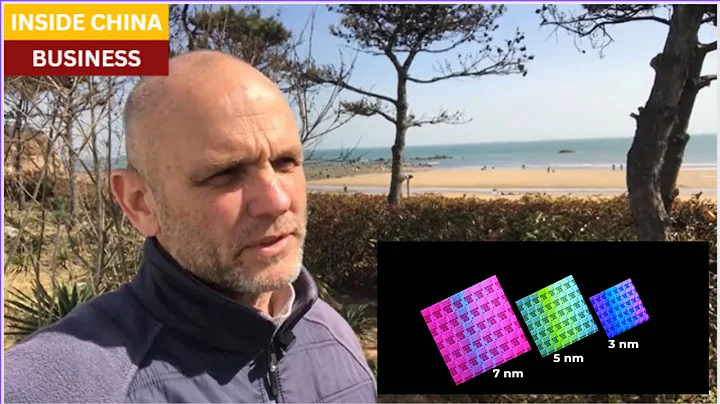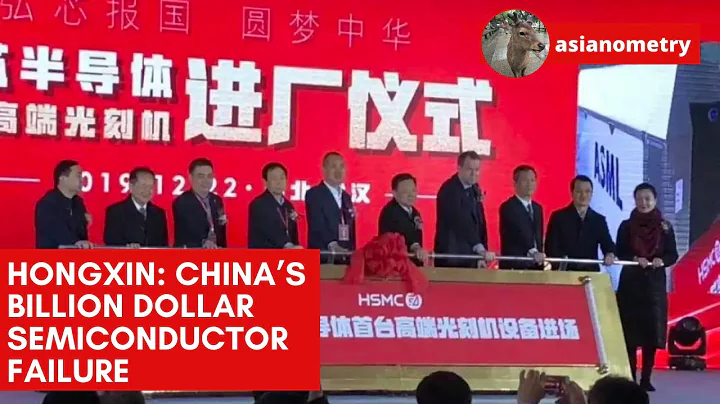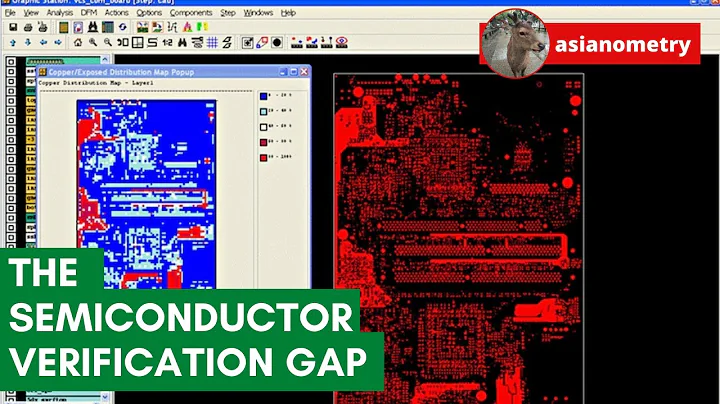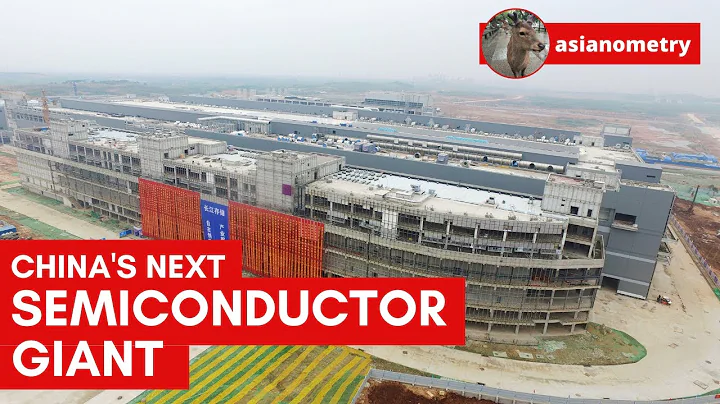chip failure analysis Zhao Gong Semiconductor Engineer 2022-06-29 10:00 published in Beijing
One of the back-end processes (back-end) of advanced packaging, wafers or components Carry out dicing or grooving to facilitate subsequent manufacturing processes or functional testing.

Wafer dicing method:
At this stage, the cutting technologies for hard and brittle materials mainly include outer circle cutting, inner circle cutting and wire cutting. The
outer circle cutting unit is easy to operate, but the rigidity of the cutting blade is poor, and the saw blade easily deviates in the direction during the cutting process, resulting in poor flatness of the workers being cut; while the inner circle cutting can only perform straight line cutting, and cannot perform bevel cutting. . Wire saw cutting technology has the advantages of narrow cutting slits, high efficiency, high cost performance for cutting into slices, and the ability to perform curved cutting. It has become a commonly used cutting technology before the mouth.
The surface damage layer of the wafer is large during inner circle cutting, which causes a lot of damage to CMP; the cutting edge is wide. Material damage is great. The yield of quality pieces is low; the yield of wood is high. The production efficiency is low; only one piece is cut at a time. When the wafer diameter reaches 300mm. The outer diameter of the inner circle cutter head will reach 1.18m. The inner diameter is 410mm. There are many difficulties in manufacturing, installation and adjustment. Therefore, the main development trend in the later period is the wafer cutting technology dominated by line cutting.
Wafer dicing brief description:
During the past three decades, dicing systems and blades have been continuously improved to cope with process challenges and accommodate the requirements of different types of substrates. The latest equipment advances that have had the biggest impact on productivity include dual-spindle slicing systems that use two cuts simultaneously to minimize overtravel.
The Dicing Mechanism
The silicon wafer dicing process is the first step in the "back-end" assembly process. This process separates the wafer into individual chips for subsequent die bonding, wire bonding and testing processes.
A rotating grinding disc (blade) completes dicing. A mandrel rotates the blade at high speed, 30,000~60,000rpm (linear speed of 83~175m/sec). The blade is made from ground diamond embedded in an electroplated nickel matrix binder.
During the segmentation of the chip, the blade crushes the base material (wafer) and removes the resulting debris. The removal of material occurs along dedicated cutting lines (traces) between the active areas of the dice. Coolant (usually deionized water ) is directed into the cutting seam, improving cut quality and extending blade life by helping to remove debris. The width of each street (kerf) is proportional to the thickness of the blade.
Key process parameters :
The purpose of silicon wafer cutting application is to maximize the output and qualification rate while minimizing the cost of asset ownership. However, the challenge is that increased throughput often decreases yield and vice versa. The speed at which the wafer substrate is fed to the dicing blade determines throughput. As feed rates increase, cut quality becomes more difficult to maintain within the acceptable process window. Feed speed also affects blade life.
The narrow street widths often encountered during dicing of many wafers require the ability to place each cut within a few microns of the center of the track. This requires the use of equipment with high indexing axis accuracy, high optical magnification and advanced alignment algorithms.
A common recommendation when dicing wafers with narrow tracks is to choose the thinnest blade possible. However, very thin blades (20µm) are very fragile and more susceptible to premature breakage and wear. As a result, life expectancy and process stability are poorer than with thicker inserts. For blades with 50~76µm traces, the recommended thickness should be 20~30µm.
Chipping (Chipping)
Top-side chipping (TSC, top-side chipping), which occurs on the top surface of the wafer, becomes a yield issue. When slicing is close to the active area of the chip, it mainly relies on blade frosting granularity, cooling agent flow and feed speed.
Back-side chipping (BSC) occurs on the bottom side of a wafer when large, irregular micro-cracks spread out from the bottom side of the cut and merge together (Figure 1b).BSC becomes a yield issue when these tiny cracks are long enough to cause unacceptably large particles to be removed from the cut.
Generally, the quality standard for cut silicon wafers is: if the size of the backside fragment is below 10µm, it is ignored. On the other hand, when the size is larger than 25µm, it can be seen as potentially damaging. However, an average size of 50µm is acceptable, depending on the wafer thickness.
The tools and techniques now available to control backside fragmentation are the optimization of the blade, followed by the optimization of the process parameters.
Blade Optimization
To meet today's new slicing challenges, collaboration between the slicing system and the blade is necessary. This is especially true for high-end applications. Inserts play a major role in process optimization. To accommodate all the new slicing requirements resulting from rapid technological developments, a wide variety of blades are available today. This makes selecting the right blade for the right process a more complex task than before.
In addition to size, three key parameters determine blade characteristics: diamond (abrasive) size, diamond content and type of binder. The combination is a matrix of various metals and/or diamond abrasives distributed therein.
The combined effect of these elements determines the blade's life and cutting quality (TSC vs. BSC). Changing any of these parameters will directly affect blade characteristics and performance. Choosing the best insert for a given slicing process may require a balance between insert life and cut quality.
Other factors, such as feed rate and spindle speed, may also affect blade selection. Cutting parameters have a direct relationship to material removal rate, which in turn affects blade performance and process efficiency. In order to optimize the blade for a process, the designed experiment method (DOE, designed experiment) can reduce the number of tests required and provide a combination of blade characteristics and process parameters. In addition, statistical analysis of the Design of Experiments (DOE) approach enables the inference of useful information to recommend further process optimization to achieve even higher throughput and/or lower cost of asset ownership.
The relative importance of the three key blade elements (diamond size, concentration and bond hardness) depends on the blade abrasive size and process parameters. An understanding of these relationships is necessary in order to select the most suitable insert for a specific application.
Blade Load Monitoring
During slicing or any other grinding process, a new generation of slicing systems can automatically monitor the load, or torque, applied to the blade while maintaining acceptable cut quality parameters. For each set of process parameters, there is a limit torque value for slice quality degradation and BSC occurrence. The correlation of the cutting quality with the insert-base interaction forces and the measurement of their variables make it possible to determine process deviations and damage formation. Process parameters can be adjusted in real time so that the torque limit is not exceeded and the maximum feed rate is obtained. A key part of the
slicing process is the dressing of the cutting blade. In an unmonitored slicing system, the trimming process is established through a set of trials and errors. In a system where blade load is monitored, the end point of dressing is found using measured force data, which establishes the optimal dressing program. This method has two advantages: no time constraints are required to ensure optimal blade performance, and there is no yield loss due to poor quality slicing with a partially trimmed blade.
Coolant Flow Stabilization
Systems operating at stable torque require stability of feed rate, spindle speed and coolant flow. The coolant exerts resistance on the blade, which causes torque. The latest generation of slicing systems keeps coolant torque effects stable by controlling coolant flow to maintain a constant flow rate and resistance.
When the slicer has a stable coolant flow and all other parameters are controlled, a stable torque is maintained. If recorded, any deviation from stable torque is due to uncontrolled factors. These include coolant flow changes due to clogged nozzles, changes in nozzle adjustment, blade-to-blade changes, blade conditions and operator error.
Summary
The slicing process is becoming more and more demanding. The cutting trace becomes narrower, potentially filling the test pad, and the blade may need to cut various coatings made of different materials. Achieving maximum slicing process yield and productivity under these conditions requires careful blade selection and advanced process control capabilities.
Source: Home of Semiconductor Packaging Engineers

Luxin domestic dicing machine

Semiconductor engineers
Semiconductor experience sharing, semiconductor achievement exchange, and semiconductor information release. Semiconductor industry trends, career planning for semiconductor practitioners, and the growth process of chip engineers.





















